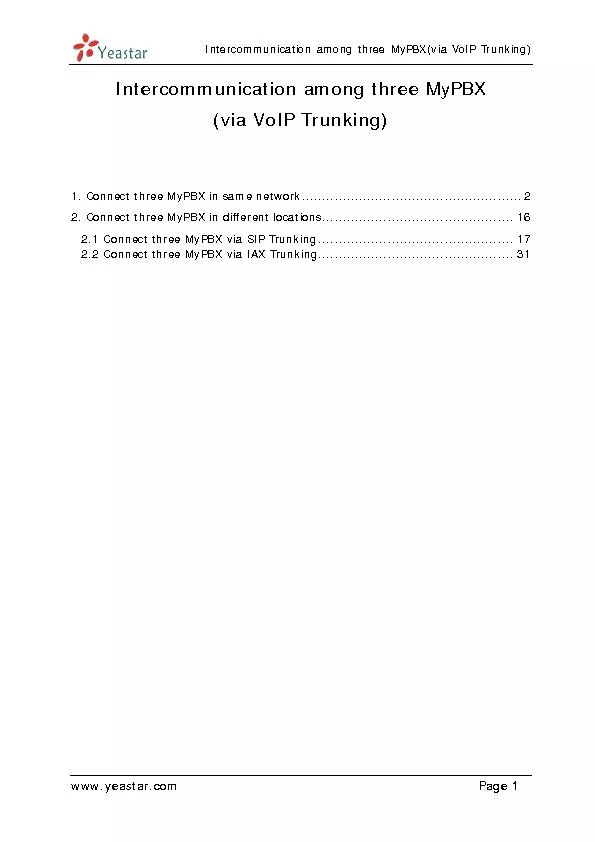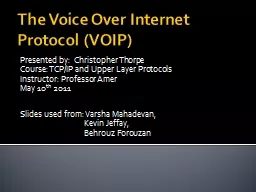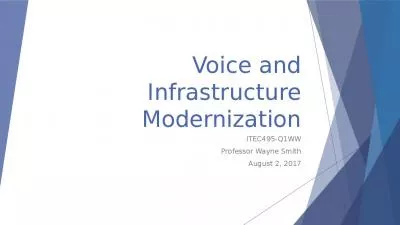PPT-Voice over IP (VoIP) security
Author : celsa-spraggs | Published Date : 2017-10-13
Introduction Voice over IP and IP telephony Network convergence Telephone and IT PoE Power over Ethernet Mobility and Roaming Telco Switched gt Packet IP Closed
Presentation Embed Code
Download Presentation
Download Presentation The PPT/PDF document "Voice over IP (VoIP) security" is the property of its rightful owner. Permission is granted to download and print the materials on this website for personal, non-commercial use only, and to display it on your personal computer provided you do not modify the materials and that you retain all copyright notices contained in the materials. By downloading content from our website, you accept the terms of this agreement.
Voice over IP (VoIP) security: Transcript
Download Rules Of Document
"Voice over IP (VoIP) security"The content belongs to its owner. You may download and print it for personal use, without modification, and keep all copyright notices. By downloading, you agree to these terms.
Related Documents














